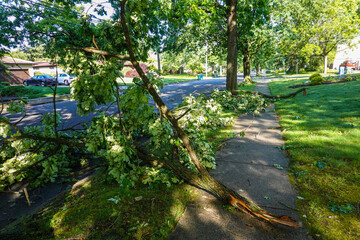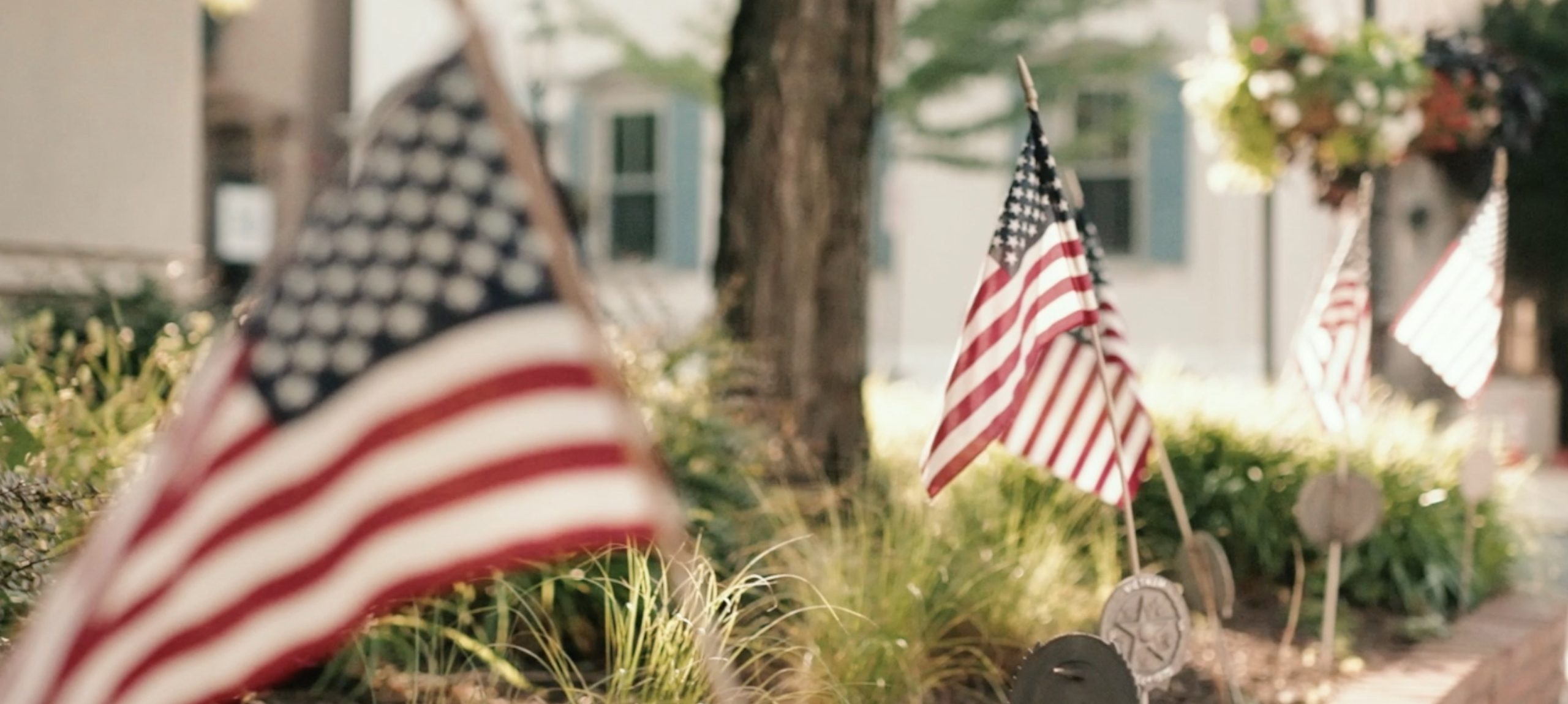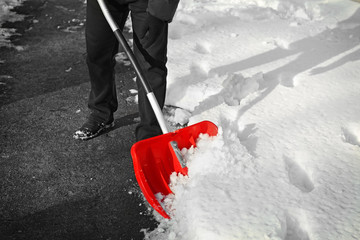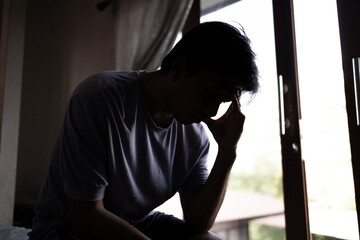
One of the most important components of urban and suburban infrastructure is sidewalks. Sidewalks offer pedestrians a safe path to walk, whether they are getting to school, commuting to work, heading to a new restaurant, or simply taking a leisurely stroll. Despite their importance to the community, they can also pose a significant risk depending on the circumstances. Sidewalk dangers can range from minor tripping hazards to serious risks that can lead to severe injuries. Understanding the most common risks is crucial in avoiding these types of accidents. Reach out to an experienced Monmouth County sidewalk accident lawyer for more information on your legal rights and options after sustaining an injury.
What Are Some Common Sidewalk Hazards?
Being aware of potential risks on sidewalks is crucial for pedestrian safety. Below are some of the most common hazards.
- Uneven pavement: When people walk on a surface, their body grows accustomed to the level they are on, and their feet move on autopilot, expecting to experience the same paved path. Any sudden change in elevation or unevenness can result in a trip and fall. This can be caused by heaved slabs, meaning a part of the sidewalk that has risen as a result of the ground shifting and expanding beneath it.
- Potholes: Potholes can also be a hazard to pedestrians. They are holes or depressions in the pavement that develop when water beneath the surface or in cracks of the pavement freeze and expand, combined with foot traffic. When potholes are large, hard to see, or in high-traffic areas, they can be a significant tripping hazard. Pedestrians who do see the danger may try to navigate around them, which can also result in an accident and injury.
- Debris in the way: Debris and litter left on sidewalks can create obstacles for pedestrians. Trash cans left out, bicycles strewn about, fallen tree branches, construction debris, and more can not only be frustrating to navigate around but can also create serious hazards. Pedestrians may trip over discarded items, or the debris could block the entire sidewalk, forcing people to walk in the street and more dangerous areas.
- Inadequate lighting: Poorly lit areas can make it difficult for pedestrians to see where they are going or identify cracks, potholes, uneven surfaces, or obstacles in their way. Without streetlights, the risk of trips and falls is increased at night or during adverse weather conditions. It also increases the risk of pedestrians being hit by vehicles if the driver cannot see the walker.
- Weather: Wet or icy weather conditions will also create additional hazards for pedestrians. Rain, snow, or ice can cause slippery sidewalks, and if the pathway is not shoveled or salt is not put down, pedestrians are more likely to fall and injure themselves.
While it may not seem obvious, sidewalks can be dangerous for pedestrians. Understanding the above hazards is the first step in avoiding unnecessary accidents and injuries. Reach out to an attorney for more information and representation during your injury case.



